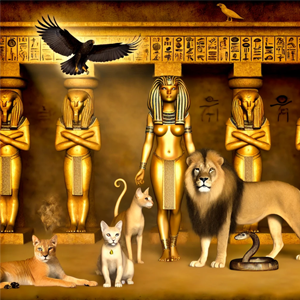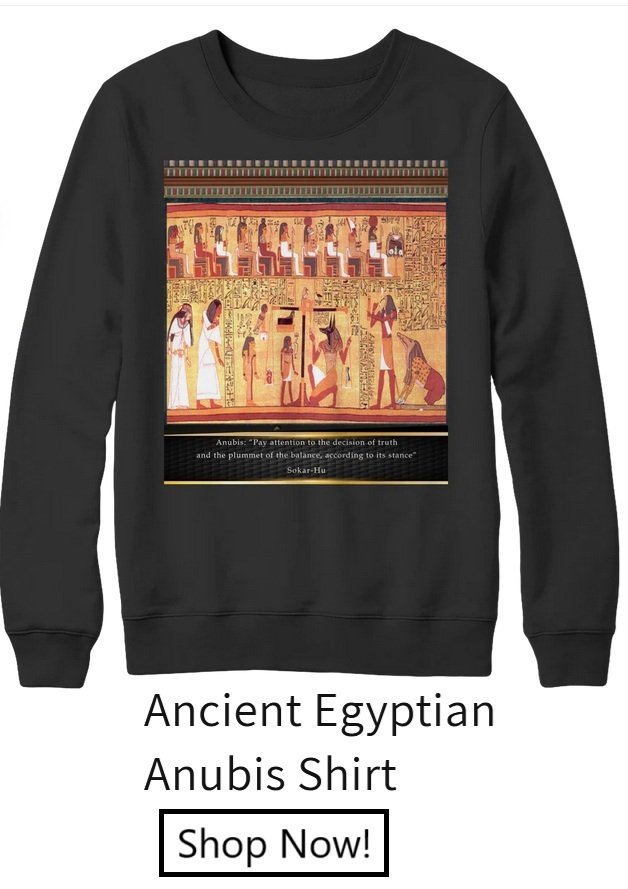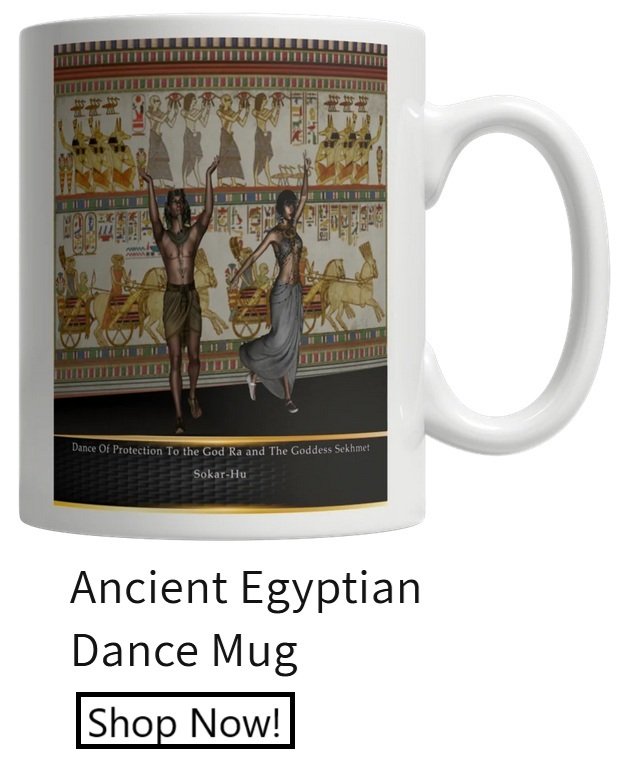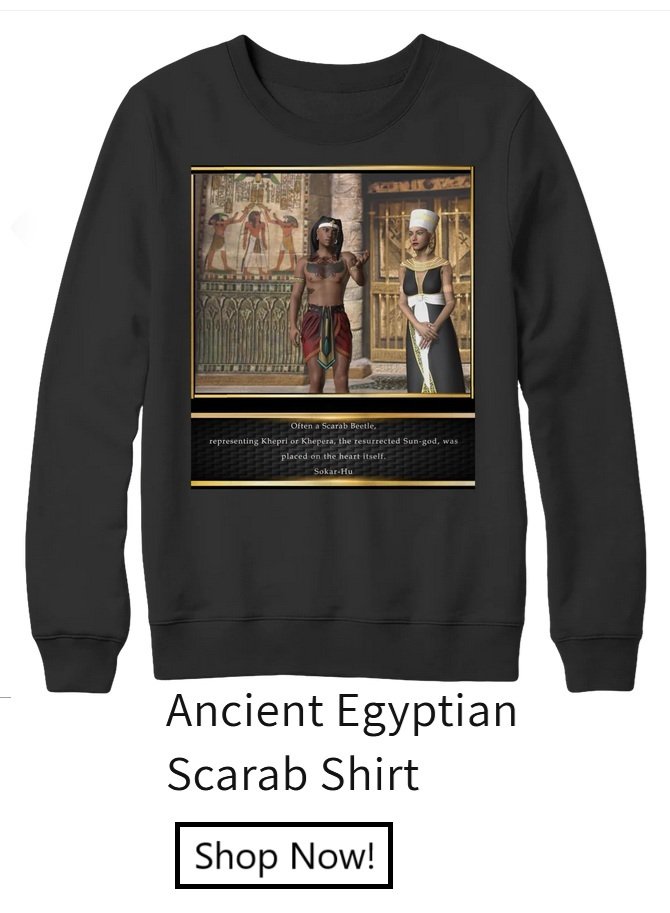 In the golden sands of ancient Egypt, the gods walked among the people, their spirits embodied in creatures both fierce and gentle. None held a more commanding presence than Sekhmet, the lioness-headed goddess of war, healing, and protection. To the Egyptians, she was the embodiment of both wrath and compassion, a deity who could bring sickness or cure it with a mere thought. But beyond her power, it was the creatures associated with Sekhmet—the lions, cats, and even desert creatures—that became symbols of protection and divine companionship in Egypt’s ancient world.
In the golden sands of ancient Egypt, the gods walked among the people, their spirits embodied in creatures both fierce and gentle. None held a more commanding presence than Sekhmet, the lioness-headed goddess of war, healing, and protection. To the Egyptians, she was the embodiment of both wrath and compassion, a deity who could bring sickness or cure it with a mere thought. But beyond her power, it was the creatures associated with Sekhmet—the lions, cats, and even desert creatures—that became symbols of protection and divine companionship in Egypt’s ancient world.
This story takes us back to a time when these sacred animals roamed alongside priests, pharaohs, and families, a living reminder of Sekhmet’s watchful gaze.
A Sacred Meeting in the Temple of Sekhmet
One hot, sun-drenched afternoon, a young novice named Amara hurried through the stone corridors of Sekhmet’s temple in Memphis. She had been sent to deliver an offering to the goddess, a precious task that filled her with both pride and awe. As she entered the inner sanctum, her heart raced when she saw a majestic lion statue towering above her, golden eyes glowing in the flickering torchlight.
Beside the statue was an elderly priest, Neferhotep, who beckoned her closer. He was known for his knowledge of the gods and their creatures, and Amara had always admired him. He smiled as he placed a gentle hand on her shoulder and nodded to the lion statue.
“Did you know, child,” he began, “that Sekhmet herself chose the lion as her companion? They say that every lion carries a fragment of her spirit, fierce and protective.”
Amara’s eyes widened, her gaze fixed on the statue. “Is it true that lions were once kept here in her temple, alive and watching over her worshippers?”
Neferhotep chuckled. “Oh, yes. In the days of the old pharaohs, the priests believed that lions embodied Sekhmet’s strength and were her guardians in this world. They roamed the temple grounds, symbols of divine power, revered and feared by all who saw them.”
Lions as Guardians of the Divine
In ancient Egypt, lions were far more than just animals—they were sacred creatures embodying Sekhmet’s fierce power. The Egyptians saw the lion’s courage and strength as a reflection of Sekhmet’s role as protector of the pharaoh and the gods. Temples dedicated to Sekhmet often housed statues of lions, and at times, live lions were kept to honor the goddess, a reminder of her might.
The lion’s association with Sekhmet became so strong that images of lions were engraved on the walls of temples and carved into the entrances of tombs to protect the deceased in the afterlife. It was believed that these lions, imbued with Sekhmet’s spirit, would guard against any forces of chaos seeking to disturb the eternal peace of the departed.
Neferhotep led Amara to a side chamber, where a line of small bronze lion statues stood, each one placed with care and reverence. “These are gifts from people seeking Sekhmet’s protection,” he explained. “By honoring the lions, they honor her.”
Cats: Sekhmet’s Gentle Companions in Daily Life
As Amara continued her journey through the temple, she noticed a small gray cat curled up beside an offering table. The cat looked up at her with knowing green eyes, stretching lazily before sitting up with a dignified air. Neferhotep noticed her fascination and smiled.
“Ah, the cat,” he said warmly. “While the lion is Sekhmet’s warrior, the cat is her peaceful presence, a reminder of her gentler side.”
In the households of Egypt, cats were beloved as symbols of Sekhmet’s protective spirit. Unlike the fierce lions of the temple, cats were gentle guardians, keeping homes free from pests and acting as protectors against illness and misfortune. Families treated cats with utmost respect, often adorning them with small collars or pendants to honor Sekhmet. Killing a cat, even by accident, was one of the gravest offenses in ancient Egypt, punishable by death, as it was seen as an insult to Sekhmet herself.
It was said that to have a cat was to invite Sekhmet’s blessings into one’s home. Families would leave small offerings near their cats, thanking them for their silent vigilance. Some people even buried their beloved cats in miniature sarcophagi, hoping they would join them in the afterlife as loyal protectors.
The Hawk and the Serpent: Other Creatures of Sekhmet’s Domain
As the sun dipped below the horizon, painting the temple walls with shades of amber and crimson, Neferhotep and Amara walked out to the courtyard. Here, a hawk perched atop a stone pillar, its sharp eyes scanning the horizon.
Neferhotep gestured toward the bird. “Sekhmet, like her father Ra, has the hawk as her watchful eye. The hawk sees far and true, ever vigilant, just as Sekhmet watches over us all.”
The hawk, although more commonly associated with Horus, was respected as an emblem of keen sight and divine focus in Sekhmet’s service. It symbolized the goddess’s watchful eye over Egypt, ensuring that nothing escaped her gaze.
In addition, Neferhotep explained that the serpent, though a creature often feared, was also honored in Sekhmet’s temples as a guardian against illness. “The serpent represents both danger and healing,” he said, “for Sekhmet is both destroyer and healer. Those who respect the serpent are said to understand Sekhmet’s power to both harm and cure.”
The presence of these creatures—each embodying an aspect of Sekhmet’s dual nature—filled the temple with a sacred energy. Together, they represented Sekhmet’s omnipotent spirit, her ability to protect the people of Egypt through symbols of both peace and power.
Sekhmet’s Legacy: Guardians in the Homes of Egypt
As Amara grew older and continued her work in the temple, she carried with her the lessons she had learned about Sekhmet’s sacred animals. The lions and cats, hawks and serpents—each held a place in her heart, and each reminded her of the goddess’s watchful presence.
Years later, when Amara had a family of her own, she adopted a small cat with golden eyes, which she named Nefer. The cat became her children’s cherished companion, curling up beside them at night and purring softly, a living reminder of Sekhmet’s protection.
On special days, Amara would tell her children stories of the great lions that once guarded Sekhmet’s temple and how cats, hawks, and even serpents served as her divine companions. To her children, Nefer was not just a pet; he was a link to the powerful goddess who watched over them all, a sacred guardian in their humble home.
Conclusion
In the sands of ancient Egypt, where gods walked with mortals, Sekhmet’s influence was felt through the creatures that carried her spirit. Lions, cats, hawks, and even serpents became symbols of protection, each one reflecting an aspect of Sekhmet’s power. Through these animals, the people of Egypt connected with the goddess, drawing on her strength to guard their homes, their temples, and their lives.
The legacy of Sekhmet’s sacred animals reminds us of a time when humans and gods shared their world with creatures of divine purpose. Even today, as we look upon the statues, paintings, and relics of ancient Egypt, we are reminded of the powerful bond between the goddess Sekhmet and her animal companions—a bond that made each creature a symbol of protection and a cherished part of life in the age of the pharaohs.




 In the golden sands of ancient Egypt, the gods walked among the people, their spirits embodied in creatures both fierce and gentle. None held a more commanding presence than Sekhmet, the lioness-headed goddess of war, healing, and protection. To the Egyptians, she was the embodiment of both wrath and compassion, a deity who could bring sickness or cure it with a mere thought. But beyond her power, it was the creatures associated with Sekhmet—the lions, cats, and even desert creatures—that became symbols of protection and divine companionship in Egypt’s ancient world.
In the golden sands of ancient Egypt, the gods walked among the people, their spirits embodied in creatures both fierce and gentle. None held a more commanding presence than Sekhmet, the lioness-headed goddess of war, healing, and protection. To the Egyptians, she was the embodiment of both wrath and compassion, a deity who could bring sickness or cure it with a mere thought. But beyond her power, it was the creatures associated with Sekhmet—the lions, cats, and even desert creatures—that became symbols of protection and divine companionship in Egypt’s ancient world.